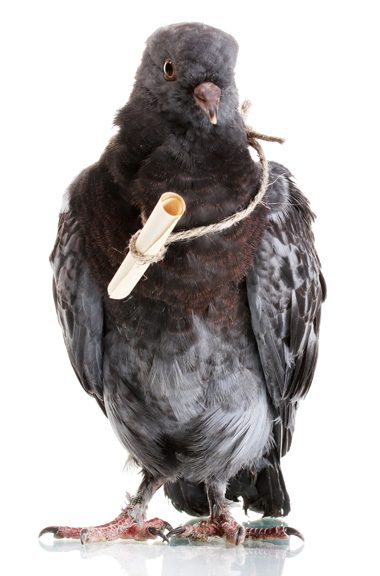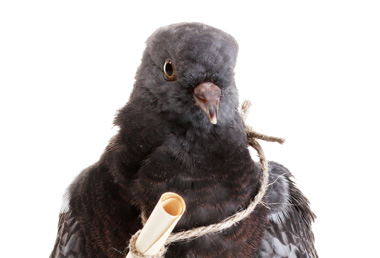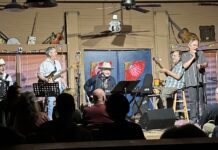“First and foremost, they are not rats with wings,” explains Lorrie Monteiro, the curator of the American Pigeon Museum. “They are social, gentle birds that have had a symbiotic relationship with humans for thousands of years.”
Monteiro says the Oklahoma City museum seeks to preserve the history of the domestic pigeon and share its story with the public.

Founded in 1973, the museum was originally housed inside an old home; but in June, the museum was able to open a larger facility with the support of pigeon fanciers from all over the country.
Exhibits feature the many facets of pigeon history, including racing homers (a breed of pigeon), performance birds and war pigeons used in the U.S. Army Signal Corp Pigeon Service during World War I and World War II.
“They have served humans well, especially in times of conflicts,” says Monteiro. “These birds have been steadfast and heroic in delivering important messages and saving hundreds of lives in the process.”
To some, pigeons are seen as an urban nuisance, but what most people don’t realize is that they are the same species as a bird that is held in much higher regard.
“Those lovely white doves that people like to see during ceremonies are white racing homers – domestic pigeons,” Monteiro says.
“Pigeon” and “dove” are interchangeable terms. They make up the family Columbidae, and there are many different kinds.
“All are one species but hundreds of breeds,” she clarifies.
The domestic pigeon highlighted at the museum is a descendent of the wild rock dove, also known as the rock pigeon.
“Wild rock doves are still found in cliff sides of England and the Mediterranean,” says Monteiro. “This bird is not native to the United States.”
Fancy pigeons come in many forms and appear in bird shows across the country.
“We have a number of the fancy breeds here, so visitors can see the different standards of what they are judged on in shows,” Monteiro says.
There are 22 varieties of performance pigeons – birds “that can tumble mid-flight or roll on the ground or even fly for hours on end,” she adds.
The flying performers do their stunts in the air, while the parlor types do theirs on the ground.
The museum also contains a racing clock
collection that spans between 1903 and the 1980s, artistic depictions of pigeons and an exhibit of donations from the royal race loft.
“There is so much more to this bird that most people don’t know, and we are hoping people will visit so they can see how amazing they are,” Monteiro says.



























